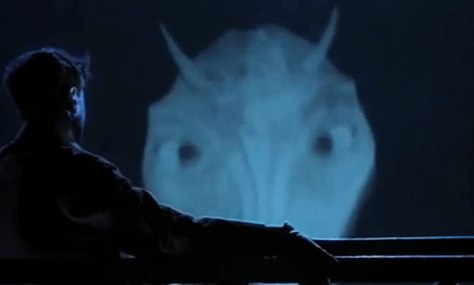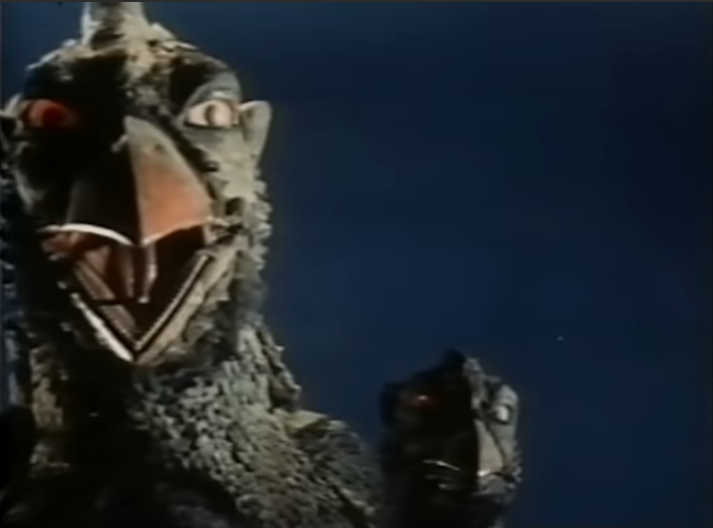
The original Quatermass Experiment TV serial in 1953 was followed up by two sequels that aired on the BBC throughout the 1950s, all of them written by series creator Nigel Kneale, and all of them eventually adapted into film by Hammer Film Productions (unlike the original, though, both sequel TV serials have been fully preserved, meaning I can actually provide a proper examination of them.) Quatermass and the Pit was the third serial (I’m sure we will eventually return to the second one, the aptly titled Quatermass II), originally airing in six parts from December 1958 to January 1959, near the tail end of the fifties Sci-Fi boom; studio disagreements kept the movie version, also written by Kneale and eventually directed by Roy Ward Baker, in limbo until 1967, when it was released in North America under the title Five Million Years to Earth. There was a different atmosphere for this kind of genre work in the late sixties (2001 would be released a year after this)—but while the time difference led to this being the only Quatermass movie in colour, the story remained intact.
As he did in the original Quatermass serial, Kneale uses the fantastical elements to posit some deeply unnerving questions about the universe we inhabit and the relationship we have with it—what makes us what we are, and can it be altered by forces beyond our control. The extraterrestrial body horror of Experiment is rendered less physical but all the more existential in The Pit, where our understanding of human history, both in cultural and evolutionary terms, is essentially unravelled. Rather than the encroaching aliens seen in the other Quatermass stories, the aliens here have already encroached—an invasion that took place in the distant past, its presence secretly looming over all mankind, until the day when it isn’t secret any more, and we are forced to confront what seems to be a monstrous part of our own nature.








